Côte de Beaune
Introduction
In the southern half of the Côte d’Or, the appellation of Côte de Beaune is rugged and picturesque. Owing its name to the city of Beaune at the heart of the area, it is almost twice the size of the Côte de Nuits, with around 6000 hectares under vine.
Renowned for producing some of the region’s greatest white wines, including Meursault, Puligny-Montrachet and Chassagne-Montrachet, among others, almost all of Burgundy’s white grand crus can be found here. Each expresses intensity and complexity, offering some of the most exceptional Chardonnays in the world. The Côte de Beaune is also a source of very fine Pinot Noir, these red wines tending towards delicacy and finesse.
Contact us to place your order: [email protected] | 020 7265 2430
In the southern half of the Côte d’Or, the appellation of Côte de Beaune is rugged and picturesque. Owing its name to the city of Beaune at the heart of the area, it is almost twice the size of the Côte de Nuits, with around 6000 hectares under vine.
Renowned for producing some of the region’s greatest white wines, including Meursault, Puligny-Montrachet and Chassagne-Montrachet, among others, almost all of Burgundy’s white grand crus can be found here. Each expresses intensity and complexity, offering some of the most exceptional Chardonnays in the world. The Côte de Beaune is also a source of very fine Pinot Noir, these red wines tending towards delicacy and finesse.
Contact us to place your order: [email protected] | 020 7265 2430
APPELLATIONS
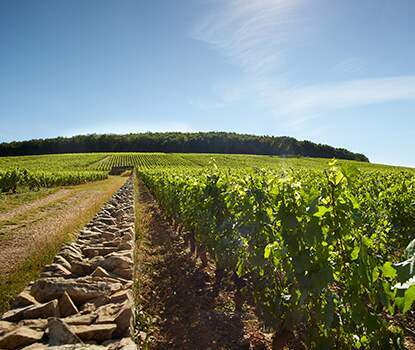
CORTON-CHARLEMAGNE & CORTON
Corton is the sole Grand Cru appellation within the Côte de Beaune for red wine. Situated on the hill of Corton, surrounded by a cluster of famous wine-growing villages. The vineyards here form a kind of amphitheatre which is not found elsewhere in the Côte. Growers may affix the name of a specific lieu-dit (such as Corton-Bressandes or Corton Clos du Roi), or they can make a generic Corton from a blend of vineyards. There is also a tiny amount of white wine made here too, but only the red wines can hyphenate to include the name of their Climat.
Corton-Charlemagne is reserved for Grand Cru white. This appellation encompasses the Le Charlemagne and En Charlemagne vineyards that sit in a narrow band around the top of the hill, descending to the western edge of the hillside. The vines grow on lighter, stonier soils, which are thought to impart a gunflint character to the wines.
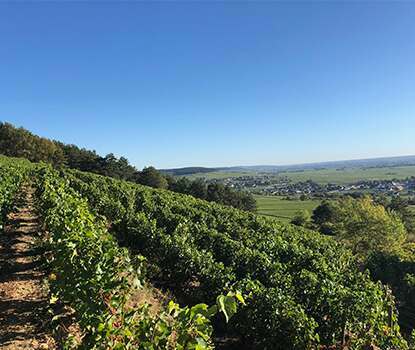
BEAUNE
The vinous capital of Burgundy, Beaune takes centre stage during the annual Hospices de Beaune wine auction. Confusingly, this large appellation shares its name with both the Côte d’Or’s main city and the Côte de Beaune. Historically, this area was dominated by large négociant houses, who are still based in the city today.
Red wine production dominates here, often stylistically lighter and supple compared to other Côte d’Or villages, owing to its sandier soils – these wines offer a great introduction to Burgundy and the opportunity to enjoy earlier-drinking reds. Beaune also has the good fortune to encompass an unusually high proportion of Premier Cru vineyards, which make up nearly three-quarters of the appellation.
Producers here who are well worth seeking out include Domaine Jacques Prieur, Domaine Pierre Labet, Domaine Rossignol-Trapet and Domaine Lafarge.
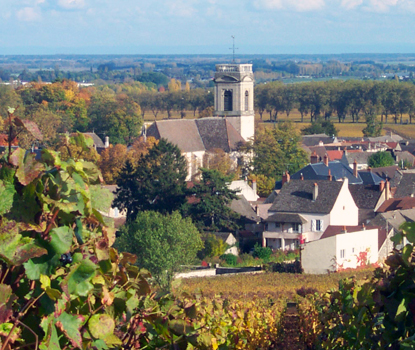
POMMARD
Considered a sibling of the more fashionable neighbouring Volnay, the red wines of Pommard are rich, age-worthy and deep in colour.
The complex soils are iron-rich, revealing a reddened hue, and contribute to producing brooding aromatics and a tannic structure in the wines.
As early as the Middle Ages, Pommard was considered a wine to which all other Burgundian wines were compared. Although its popularity has dwindled in more recent times, it is a seriously underrated red, and with a resurgence in quality producers, there are some exciting wines to be discovered here.
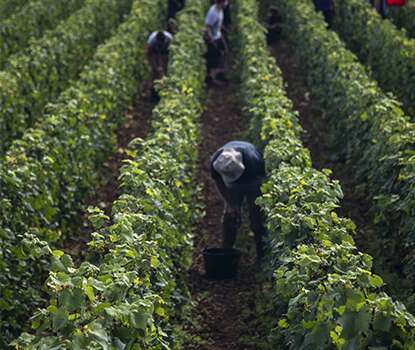
VOLNAY
Betwixt Pommard and Meursault, the Pinot Noir outpost that is Volnay can offer silky, seductive and ethereal wines. A relatively small commune with a grand reputation, more than half of the vineyards here have Premier Cru status.
The narrow and steep slopes consist of marl soils on a limestone bedrock. The vines merge into the single vineyard of Les Santenots within Meursault, and so being in white wine territory, reds here are labelled as Volnay Santenots.
Domaine Marquis D'Angerville
Domaine Lafarge
Domaine Georges Glantenay
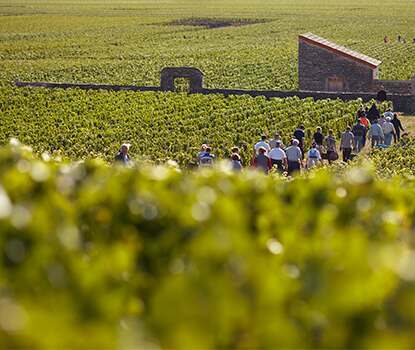
MEURSAULT
A Premier Cru of Grand Cru calibre. The village of Meursault lies within the Côte de Beaune, with Volnay to the north and Puligny-Montrachet to the south. Producing whites often associated with an unctuous buttery style, Meursault wines also have a great deal of acidity and freshness, owning to the limestone soils, providing tremendous balance and ageing potential.
Although the vineyards are predominantly planted with Chardonnay, there is also some excellent Pinot Noir to be found, most notably from Les Santenots, which sits on the Volnay boundary.
Despite the lack of Grand Cru vineyards, the quality of White Burgundy from Premier Cru sites here is rarely surpassed.
Domaine Jacques Prieur
Domaine Pierre Morey
Domaine Patrick Javillier
Domaine Matrot
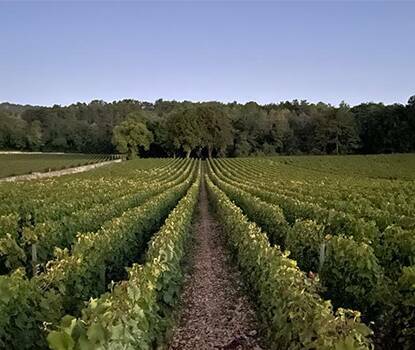
PULIGNY-MONTRACHET
Universally recognised, Puligny-Montrachet is often considered the pinnacle of White Burgundy. At the southern tip of the Côte de Beaune, these wines offer a combination of steely precision and great depth of flavour.
It wasn’t until 1879 that Puligny hyphenated the name of its most famous vineyard, Le Montrachet, which is split with its neighbour Chassagne.
Boasting four Grand Crus: Chevalier-Montrachet and Bienvenues-Bâtard-Montrachet in their entirety, with Le Montrachet and Bâtard-Montrachet being shared with Chassagne. It also has approximately 13 Premier Crus, which are further subdivided. With a selection of village wines too, Puligny-Montrachet covers a broad range of styles and prices.
Although famed for its white wines, there is also a small amount of Pinot Noir planted in the hamlet of Blagny – a Premier Cru for reds.
Domaine Leflaive
Esprit Leflaive 2019
Leflaive & Associés
Domaine François Carillon
Maison Olivier Leflaive
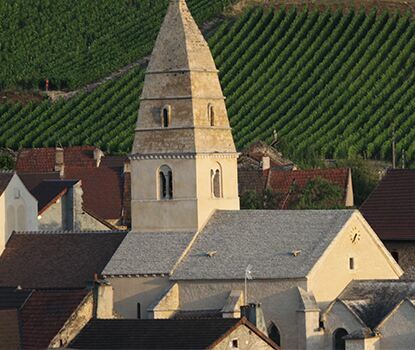
SAINT-AUBIN
Nestled between Puligny-Montrachet and Chassagne-Montrachet, the vineyards of Saint-Aubin are dominated by Premier Cru sites. With various steep slopes and altitudes of over 300 metres above sea level, the terroir here is suitable for both red and white production.
The soils are clay-heavy, with white grapes preferring those with higher limestone content and the red grapes thriving on heavier brown clay.
Although often overlooked for its more famous neighbours, Saint-Aubin can offer great value with its fresh and energetic style.
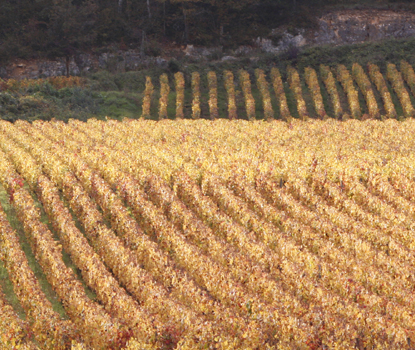
SANTENAY
Lying at the southern extremity of the Côte de Beaune, Santenay is both a spa and a winegrowing area. With an impressive history dating back to pre-Roman times, this village was prized for its thermal waters, rich in mineral salts. Also of historical significance is the Sorine windmill, which sits in the Premier Cru Beauregard vineyard.
Plantings here consist of around 90% black grapes and just 10% white – often producing wines with a rustic charm. Greyish limestone occupies the higher vineyards, sitting at 500 metres, while the lower vineyards consist of marl and oolitic limestones.
